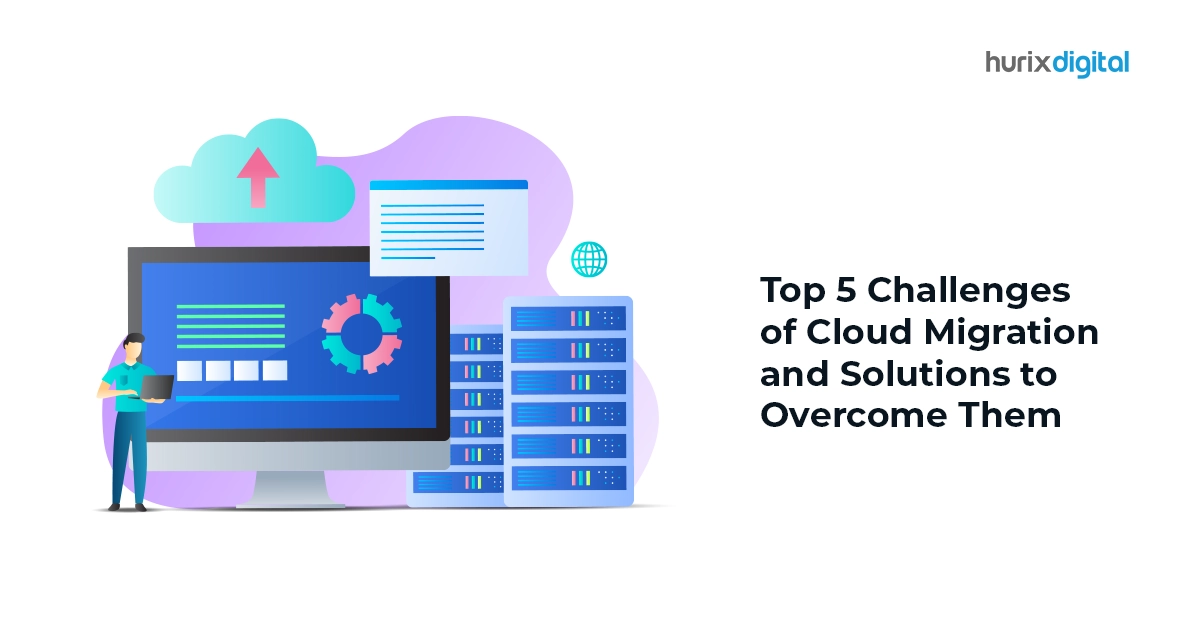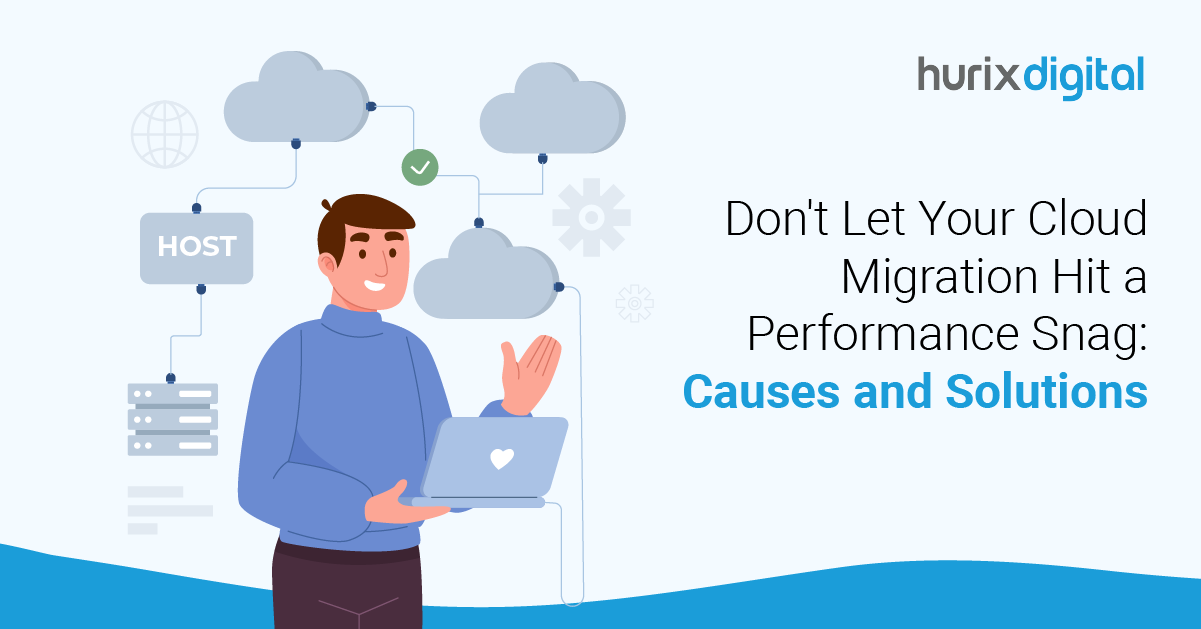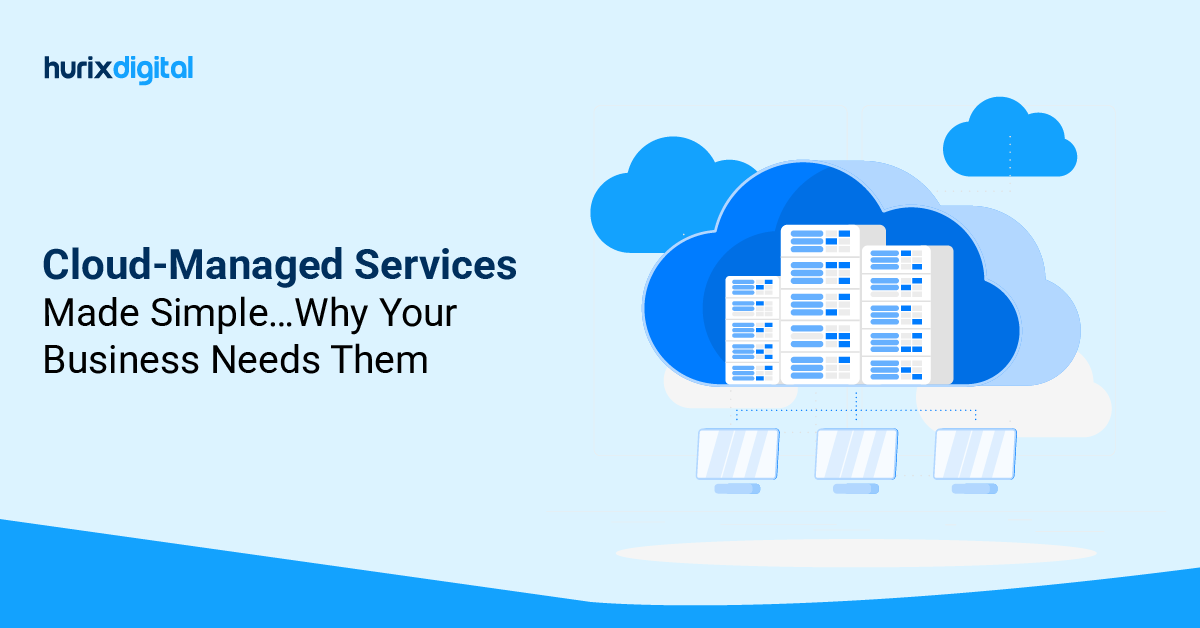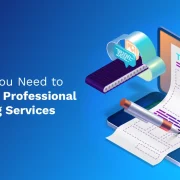
Top 3 Cloud Migration Challenges of Small & Medium Enterprises
Cloud computing has seen a massive increase in interest over the last few years. Even small and medium enterprises are considering moving to the cloud because of the numerous benefits it offers. The current pandemic has given further momentum to this process, given that employees the world over are now working remotely to safeguard against the virus. With the evolving situation, organizations of all sizes have to a varying extent invested in building their remote infrastructure to facilitate work from home, and it is expected that even once the pandemic becomes a thing of the past, remote working will become the new norm.
Cloud computing offers several benefits, some of which are:
- Access to a complete range of features and tools that enable remote working
- Increased efficiency in management and operation
- Better access and support for a geographically dispersed workforce
- Better integration with the IT tech stack
- Reduced costs
Moving to the cloud is integral to building a remote infrastructure. However, cloud migration has its share of challenges for organizations of all sizes. However, it is all the more challenging for small and medium enterprises with limited budgets and IT and other resources.
Successful cloud migration, like any other business activity, requires careful planning and execution. If your business is ill-prepared to take on the challenges of cloud migration, it could prove to be a costly exercise for you in terms of money, resources, and most importantly, your precious data. However, knowing about these challenges will help you prepare a roadmap for a successful transition.
Related Read: How Can Enterprises Benefit from a Successful Cloud Migration
Table of Contents:
- Top 3 Cloud Migration Challenges Faced by Small and Medium Enterprises (SMEs)
1. Financial concerns
2. Prepare the ground for the transition
3. Address skill gaps - Conclusion
Three Cloud Migration Challenges Faced by Small and Medium Enterprises (SMEs) and How They Can Be Overcome
1. Financial concerns
In the long run, cloud computing offers several benefits such as lower admin costs, increased efficiencies, smooth communication, and more streamlined business operations. However, the most significant cloud migration challenge for SMEs is the financial cost involved in almost all aspects of the migration. Initially, there is the migration cost itself coupled with the risk of slow adoption. Then there are the other costs to consider, such as staff training and the tools needed for a successful migration. Besides, you will also need to rewrite the application architecture for the cloud. Some other associated financial costs to consider include performance issues such as downtime, integration with non-cloud apps, latency problems and interoperability, and bandwidth costs.
Also Read: The What, Why & How of AWS Cloud Migration
These financial costs may seem intimidating for SMEs; however, successful cloud migration is possible with careful planning. Here are three strategies to keep your costs in check.
1.1 Planning
Prepare a well-laid change management plan detailing the complete scope of the project. Carefully study your business requirement, the current IT infrastructure and support, and the various cloud options available. Any such evaluation will help you identify both your weak areas and the opportunities.
Also Read: How Can Businesses Ensure Cloud Platform Security?
1. 2 Migrate to the cloud incrementally
Another way to keep your budget in check is to follow a batch adoption approach. This will help you break a heavy investment into manageable pieces spread over a longer period of time.
1.3 Consider the hybrid option
Budget is always an issue with start-ups and small and medium enterprises. A way out is to define your computing needs and accordingly consider a public cloud or hybrid solution rather than a complete private cloud migration. A public cloud can scale up or down to meet your needs without adding too much to the cost. With a hybrid solution, you can move the more essential apps to the cloud and keep the rest on the premises.
Also Read: 7 Best Practices in Adopting Cloud Solutions for Small and Medium Enterprises
2 Prepare the ground for the transition
Apart from the finances, the second-biggest cloud migration challenges most small and medium enterprises face is their workforce. It is a well-acknowledged fact that any change is met with resistance. Cloud migration is a disruptive process encompassing new systems, new behaviors, and sometimes, even new leadership. For a successful cloud migration, you need to be prepared to manage your human resources. Here are some people management strategies you can consider for a successful migration.
2.1 Start from the top
Your top leadership will play a significant role in motivating employee engagement with the new system. Keep the process transparent, take your workforce onboard, and communicate your business case for cloud migration. When they understand the reason for the change, they will more readily accept and adapt to it. By demonstrating support, you can meet this crucial cloud migration challenge and ensure their support for a successful transition.
Also Read: Top 8 Cloud Security Best Practices
2.2 Prioritize usability and integration
The more intuitive and user-friendly your apps and tools, the better they will integrate with your current IT infrastructure and the more attractive they will be to the end-users. How well your tools integrate with your existing systems will dictate user acceptance. When choosing a cloud computing solution, prioritize usability and integration as this will smoothen the workflow and improve employee efficiency.
2.3 Invest in training
While the cloud will simplify processes, employees will still have to go through the training process. Make sure your employees get all the training and support they need on the new applications. Successful onboarding is, therefore, essential to meet your cloud migration challenge.
3. Address skill gaps
One of the most significant cloud migration challenges small and medium enterprises face is the lack of skill sets to manage an effective migration. In the current setting, however, the demand for cloud experts far outstrips supply. If you don’t have the resources to hire cloud experts, your option is to grow these skills internally. Apart from cost saving, the advantage of this strategy is that your existing IT staff are already familiar with your legacy technology. So once they are trained for new skills and systems, they will be better positioned to enforce a successful transition.
Also Read: 10 Reasons Why You Should Outsource Your Cloud Management
Studies have shown that employees value career enhancement skills to all other types of rewards. So you will not only benefit from satisfied employees but also improved efficiencies coupled with cost savings achieved from hiring and retaining new talent. An effective way is to follow an incremental approach and focus on smaller migration than a complete migration at once. This way, your existing staff will not be overwhelmed but proceed one step at a time, while assimilating added learnings along the way.
In conclusion
Cloud computing has become essential to sustain a successful business. However, small and medium enterprises have limited budgets and resources to ensure a successful transition. Careful planning and implementation can help overcome cloud migration challenges and reap the benefits of remote infrastructure.








